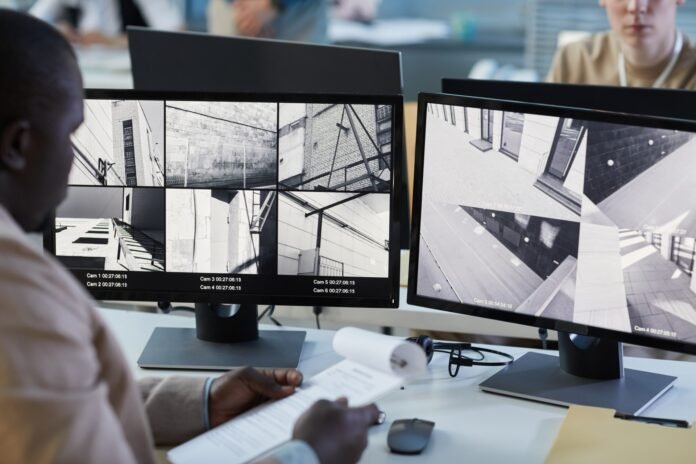Video surveillance has become a cornerstone of modern security systems, employing various methods to monitor and record activities in both public and private spaces. These methods utilize advanced technology to enhance security, provide real-time monitoring, and aid in forensic investigations. Here, we delve into the key methods used in video surveillance systems today.
1. Analog CCTV Systems:
Table of Contents
Analog Closed-Circuit Television (CCTV) systems were the earliest form of video surveillance. They involve cameras connected via coaxial cables to video recorders. While older technology, analog CCTV systems are still in use, particularly in legacy installations or where cost is a significant concern. However, they offer lower resolution and limited scalability compared to digital systems.
2. Digital IP-based Systems:
Internet Protocol (IP) cameras and systems have revolutionized video surveillance by transmitting video data over computer networks and the internet. These cameras capture high-resolution digital video, which can be stored on Network Video Recorders (NVRs) or directly on servers. IP cameras offer superior image quality, scalability, and integration with other digital systems like access control and analytics.
3. Wireless Systems:
Wireless video surveillance systems utilize Wi-Fi or other wireless technologies to transmit video data. These systems are flexible and easier to install than traditional wired setups, making them ideal for temporary installations or locations where wiring is impractical. Wireless systems can also include battery-powered cameras for remote locations.
4. Cloud-based Systems:
Cloud-based video surveillance stores video footage on remote servers hosted by a third-party provider. This method eliminates the need for on-site storage equipment like NVRs, offering scalability, remote access, and redundancy. Cloud storage also provides enhanced security against on-site tampering or theft.
5. AI-powered Video Analytics:
Artificial Intelligence (AI) and machine learning technologies are increasingly integrated into video surveillance systems. AI-powered analytics can automate monitoring tasks, such as facial recognition, object detection, and behavioral analysis. This enables real-time alerts for suspicious activities and enhances the efficiency of security personnel.
6. Mobile and Remote Monitoring:
Mobile video surveillance allows live viewing and management of video feeds via smartphones, tablets, or laptops. This capability is crucial for security teams, enabling remote monitoring of multiple locations from a centralized command center or while on the move. Mobile apps also facilitate quick response to security incidents.
7. Integration with Access Control Systems:
Video surveillance often integrates with access control systems to enhance security measures. This integration allows video verification of individuals accessing secure areas, improving overall site security and reducing unauthorized access incidents.
8. Thermal Imaging Cameras:
Thermal cameras detect infrared radiation emitted by objects to create images based on temperature differences. They are used in video surveillance for low-light conditions or to detect intruders in complete darkness. Thermal imaging complements traditional video cameras by providing visibility in challenging environments.
9. 360-Degree Cameras:
360-degree cameras capture panoramic views, eliminating blind spots and providing comprehensive coverage of large areas with a single camera. These cameras are useful in wide-open spaces, parking lots, and retail environments, offering a complete view of surroundings without the need for multiple cameras.
10. Privacy and Legal Considerations:
Effective video surveillance must comply with privacy laws and regulations governing the use of surveillance technology. Proper signage, data encryption, and secure storage practices are essential to protect the privacy rights of individuals captured on camera.
Video surveillance continues to evolve with advancements in technology, offering enhanced security, operational efficiencies, and safety monitoring capabilities. Whether through traditional analog systems, advanced digital IP cameras, or AI-powered analytics, the methods discussed here underscore the diverse applications and benefits of video surveillance in today’s security landscape. As technology progresses, further innovations are expected to refine these methods, ensuring that video surveillance remains a cornerstone of modern security strategies.


